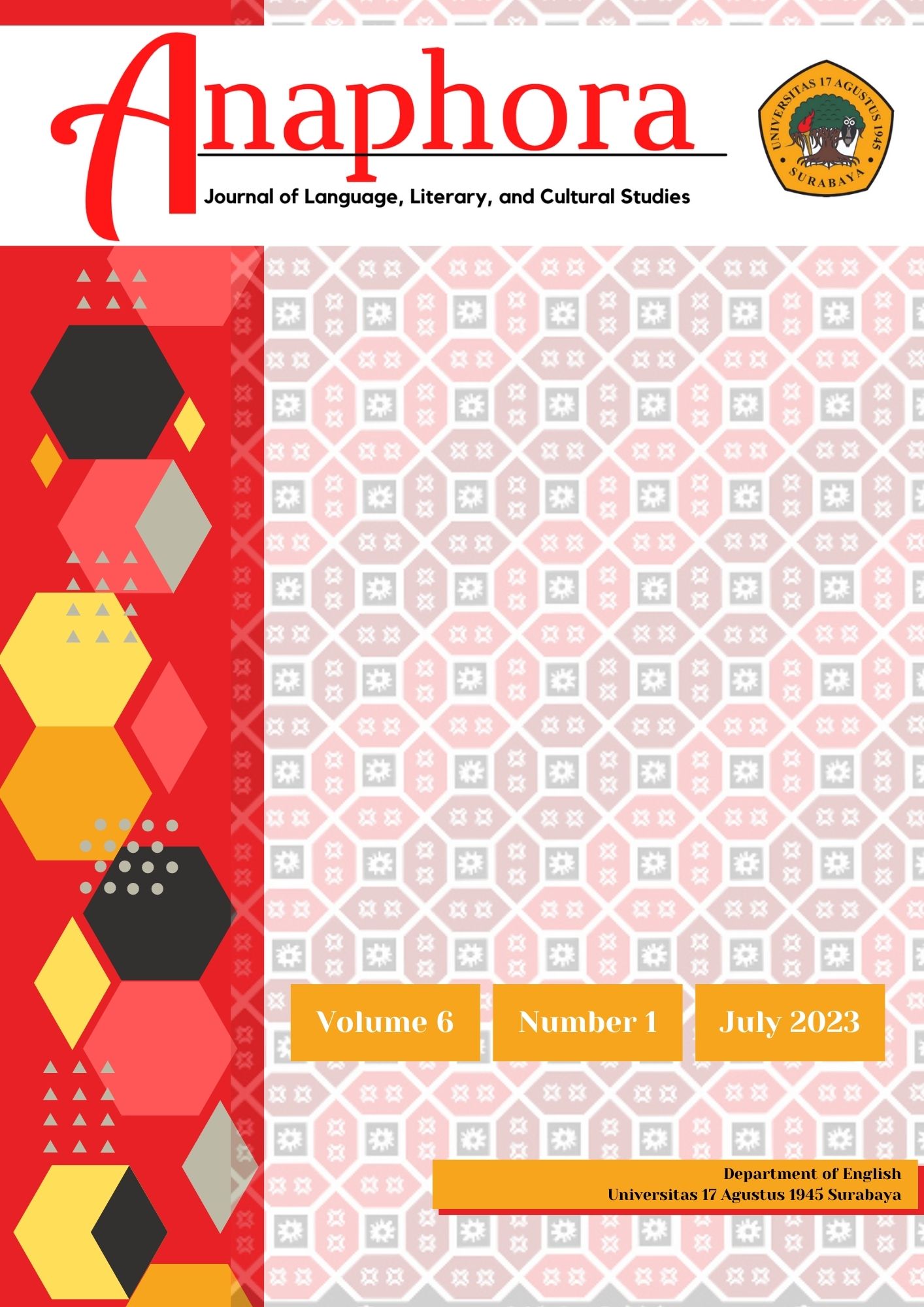Story of Man’s Creation for Shelley’s Frankenstein:
A Case Study on Ecofeminism
Abstract
This study is an attempt to examine ecofeminism in the patriarchal society of Frankenstein of Shelley. At first glance, the novel is a manifestation of the patriarchal world of Shelley because the male characters are present, and almost all of the women in the novel either kill or die. But it can be perceived that Shelley’s female characters are present in their own ways because they are present in nature, as a matter of fact, the female character’s absence and passivity are the emblems of their overwhelming presence so much that even the monster also has some feminine features, and he is used to being passive, because when he appears, it is either dark or moonlight, both of them have feminine attributes. The narrations of novel events are almost described in the sea, which is also the female symbol. Hence, Shelley tries to increase the women’s presence in her own ways in her novel through natural features. The presentation of natural elements influences Monster so much that he also reveals the feminine, goddess features. It can be concluded that the research method of this study is to find Shelley’s ecofeminism attributes, the actual presence of women, and their virtual absence due to ecofeminism, because Shelley has used their own specific ways to show that women are very present in her patriarchal society so much that even all of the male characters have dual features and the feminine features are not absent but they are very present in nature and characters of the novel. Therefore, women’s absence is Shelley’s method to reveal their absolute presence.
Downloads
References
Agarwal, B. (2010). Gender and Green Governance: The Political Economy of Women’s Presence Within and Beyond Community Forestry. Oxford University Press.
Bowei, N. (2005). Feminism and Ecology. ENVIRONMENTAL LAW SEMINAR. LAGOS STATE UNIVERSITY OJO, LAGOS, MARCH 15, 2005.
Buckingham, S. (2015). In International Encyclopedia of the Social & Behavioral Sciences (Second Edition).
Cirlot, J. E. (2001). A Dictionary of Symbols. London: Routledge.
Collins, S. (2017). Different Heaven and Earth. Valley Forge: Judson Press.
Collard, A., & Contrucci, J. (2008). Rape of the Wild. London: Women’s Press.
D’Eaubonne, F. (2022). Le Féminisme ou la mort. Paris, Pierre Horay.
Davis, E. G. (2018). The First Sex. New York: G.P. Putnam and Sons.
Eaubonne, F. (2023). FEMINISM OR DEATH - ECOFEMINISM TODAY: A panel celebrating the new French and English editions of Françoise d'Eaubonne's groundbreaking 1974 text, "Le féminisme ou la mort". - Fira Literal 2023.
Gebreyohannes, N. M. (2022). Women and Nature: An Ecofeminist Reading of Chimamanda Ngozi Adichie’s Purple Hibiscus. Literature, 2(3), 179-188.
MacKinnon, H., & McIntyre, M. M. (2012). Readings in Ecology & Feminist Theology. Rowman & Littlefield.
Jung, C. G., & Kerney, C. (2012). Introduction to a Science of Mythology. London.
Longenecker, M. (2009). Women, Ecology and the Environment. NWSA Journal, 9(3).
Lorentzen, L. A. E., & Heather. (2002). Ecofeminism: An Overview. Retrieved from http://fore.yale.edu/disciplines/gender
Michel, A. (2000). Le Feminisme. France, Presses Universitaires de France.
Miles, K. (n.d.). Ecofeminism. Encyclopedia Britannica. Retrieved July 23, 2023, from https://www.britannica.com/topic/ecofeminism
Mies, M. (2012). Patriarchy and Accumulation on a World Scale. Atlantic Highlands, N.J., and London: Zed Books.
Nirmal, P. (2020). Nature and Gender. International Encyclopedia of Human Geography (Second Edition).
Ottuh, P. O. (2020). A Critique of Eco-Feminism: An Attempt Towards Environmental Solution. International Journal of Environmental Pollution and Environmental Modelling, 3(4), 167-179.
Pon, C. (2000). 'Passages' In Mary Shelley’s Frankenstein: Toward A Feminist Figure Of Humanity. Modern Language Studies, 30(2), 33-50.
Plumwood, V. (2003). Feminism and Mastery of Nature. London and New York: Routledge.
Shelley, M. W. (2010). Frankenstein. England: Lackington, Hughes, Harding, Mavor & Jones.
Warren, K. J. (2001). Introduction of Environmental Philosophy: From Animal Rights to Radical Ecology. Zimmerman, M. E., Callicott, J. B., Warren, K. J., Klaver, I. J., & Clark, J. (Eds.). Englewood Cliffs, NJ: Prentice-Hall, pp. 253-267.
Warren, K. J. (2017). Taking Empirical Data Seriously: An Ecofeminist Perspective on Woman - Nature Connections. Working Paper, the North American Society for Social Philosophy, Colorado Springs, Colo.: August 10, 2017.
Warren, K. J. (2004). The power and the promise of ecological feminism; Environmental Ethics. Philosophy Documentation, 12(2), 125-146.
Warren, K. J., & Cheney, J. (2011). Ecological feminism and ecosystem ecology. Hypanthi, 6(1), 179-197.
Zimmer, H. (2008). Kunstform und Yoga im Indischen Kultbild. Berlin.
Copyright (c) 2023 Maryam Navidi, Abdolhossein Joodaki, Talat Dehpahlavan

This work is licensed under a Creative Commons Attribution-ShareAlike 4.0 International License.
Authors whose manuscript is published will approve the following provisions:
-
The right to publication of all journal material published on the jurnal anaphora website is held by the editorial board with the author's knowledge (moral rights remain the property of the author).
-
The formal legal provisions for access to digital articles of this electronic journal are subject to the terms of the Creative Commons Attribution-ShareAlike (CC BY-SA) license, which means Jurnal Persona reserves the right to store, modify the format, administer in database, maintain and publish articles without requesting permission from the Author as long as it keeps the Author's name as the owner of Copyright.
-
Printed and electronic published manuscripts are open access for educational, research and library purposes. In addition to these objectives, the editorial board shall not be liable for violations of copyright law.




